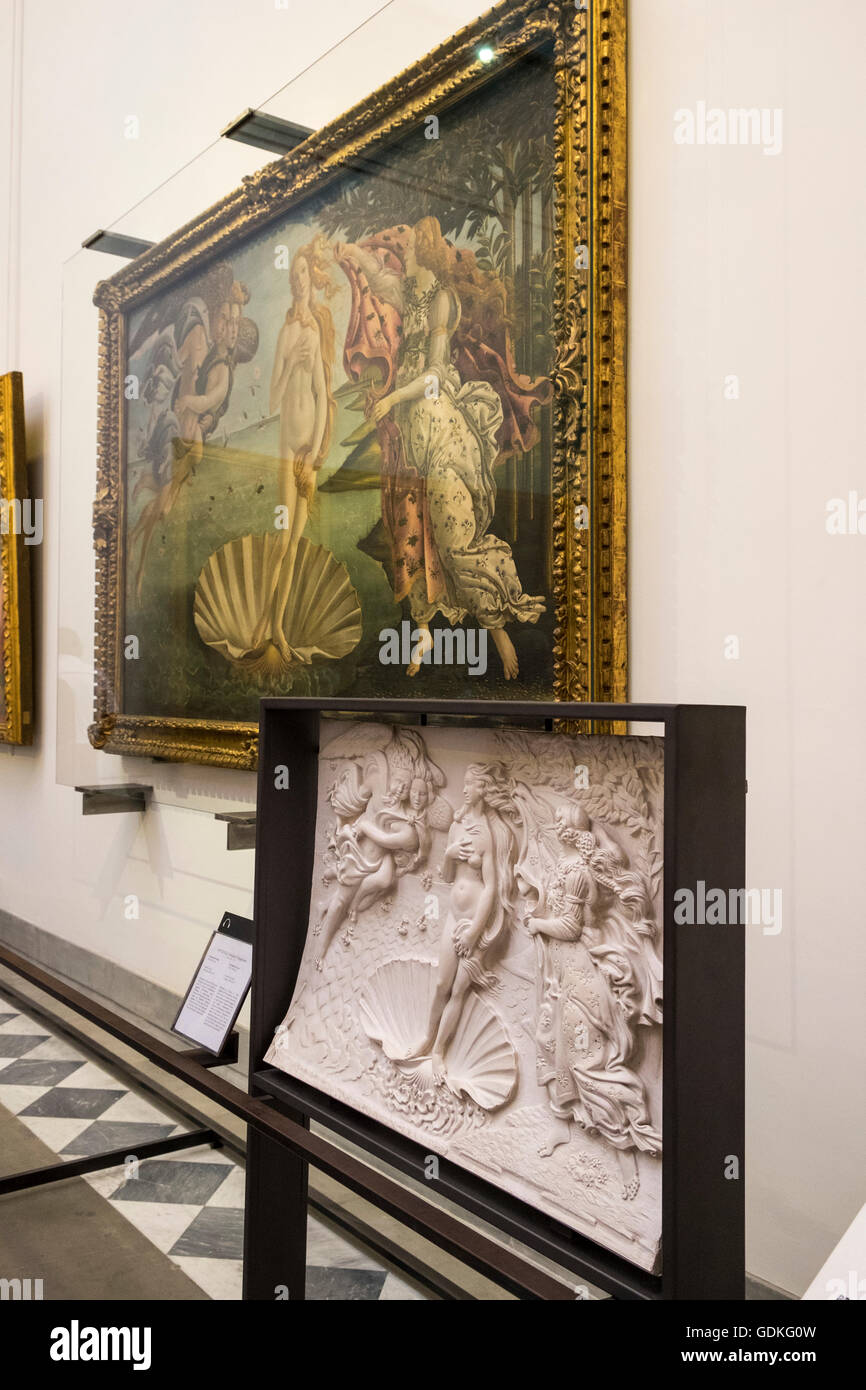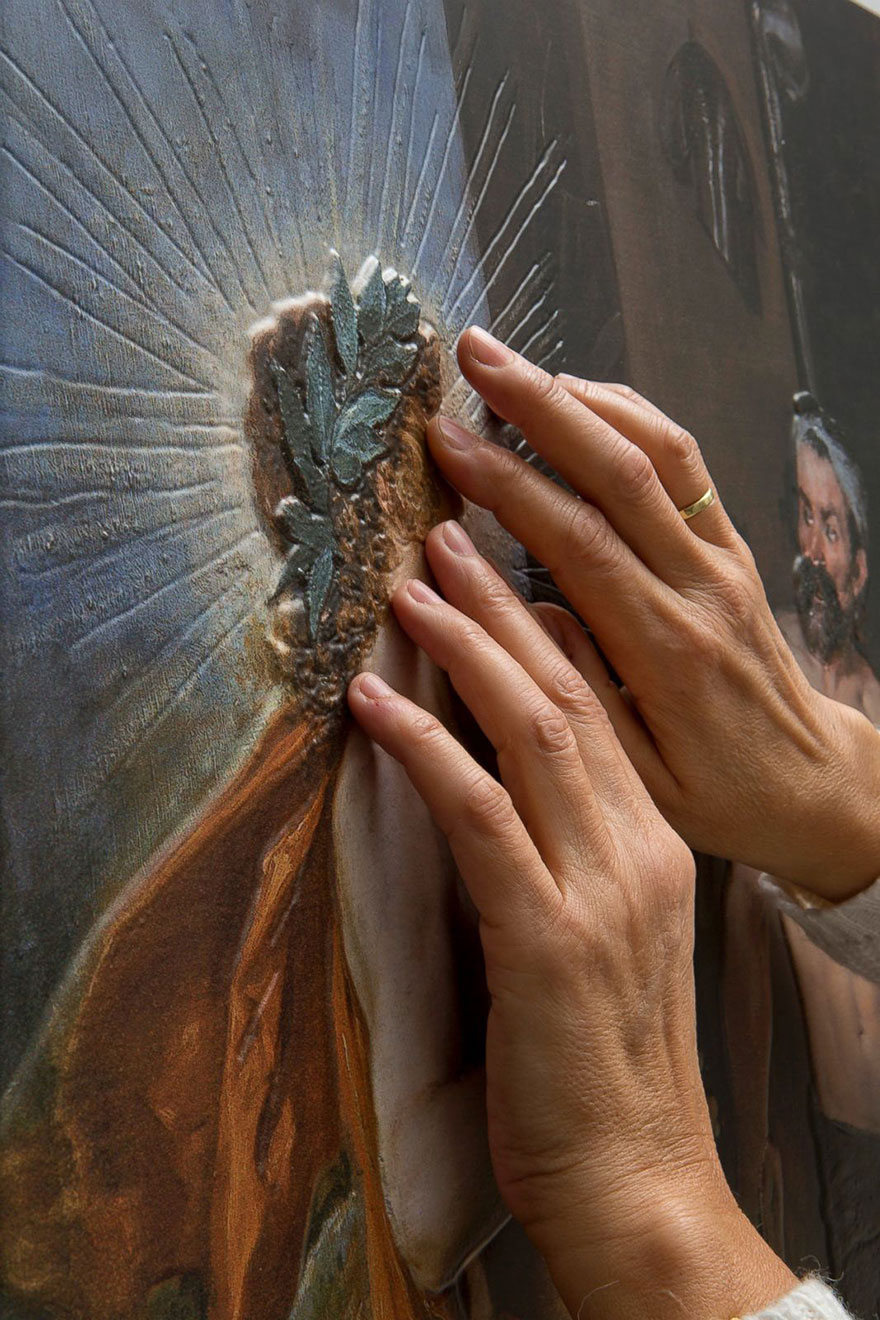This week has been all about 3D modeling. We looked at a lot of examples from scholars recreating ancient or medieval architecture and objects. There are so many benefits to 3D modeling in those realms, but I want to focus in my post on how I have used the tools and how I can envision using them in my own work as I continue to get better at them.
I want to begin this post with the only experience I’ve had prior to this class with 3D-modeling, which is working with Google SketchUp. I’ve worked with it during a variety of internships at multiple museums as part of exhibition planning. In those internship contexts I didn’t appreciate how much goes into using the program. It is easy to “hang” works in the galleries on SketchUp and to populate the architecture with works of art (you can adjust proportions and manipulate placement very easily). Because the museums already had exact models of their gallery spaces, what I didn’t realize was how much background works goes into building the physical space that I was then putting art into. That part is the real work. Since I don’t have access to most of the SketchUp files I created in those contexts, I’ll show another example that I’ve made using SketchUp for a class.
For a project in a seminar in undergrad, I was tasked to reimagine a way in which to engage with Confederate monuments. I looked at New Orleans as a case study because of how many news stories were coming out of the city regarding the topic at the time. I looked at previous examples of museum exhibitions that looked at colonial and military histories that I felt were relevant in looking at strategies to incorporate in this example.
After trying in vain to build a museum space myself, I ended up borrowing the architectural rendering from one of the museums I had worked at. In the gallery space shown you can see the empty pedestals of the Beauregard Equestrian Statue and the statue to Confederate President Jefferson Davis are on view. Behind both are photographs of either the vandalized original statues, or edited photographs of what the monument could be. For example, behind the Jefferson Davis pedestal is an artist reimagining of the statue as a monument to Angela Davis. The literal absence of the physical statues emphasizes the possibility of reimagining them, as well as decentralizes the figures from the narratives and instead underscores the response from the community.
Back to the point of this example though, you can see that my use of SketchUp is pretty limited. It is easy to incorporate flat images (see the images on the walls), but I had difficultly demonstrating that objects were three-dimensional. I wanted to show that I was including the actual pedestals (not the sculptures, just the pedestals with graffiti), but since I couldn’t include an actual 3D model I simply added a box with the same image on all four sides. I consider this a low-tech solution. Remember, that when you’re in the actual program, you can drag yourself through the space so when you’re “walking” around the center pedestal for example, you do get some sense of what you’re seeing even with just the pictures.
Let’s turn to objects…
I’d like to pivot now to a discussion of 3D scanning and the modeling of objects rather than spaces. In their article, “3D Scanning and Replication for Museum and Cultural Heritage Applications,” Melvin J. Wachowiak and Basiliki Vicky Karas write that “3D scanning neither replaces nor is fully comparable to photography, structural imaging such as radiography, computed tomography (CT scan), colorimetry, and other measurement techniques.” There are already so many tools at museum’s disposals that are used to catalog and record information regarding their collections. It is a simple next step to begin to incorporate 3D modeling into this data collection.
Beyond keeping thorough records, I think there are a number of ways in which models and replicas that are scanned and 3D-printed can be used and incorporated into museum collections. Just one example of how replicas have been used in museums to improve visitor experience is their use in allowing visually-impaired visitors to interact with the art by actually touching the recreation. The Smithsonian Magazine has a great article on this. In that article, David Hewitt writes, “The solution, the curators concluded, was not simply offering audio or braille guides, but to create elaborate 3-D replicas of key works, which visitors could touch.” 3D modeling allows curators to go beyond what can be conceived of as traditional solutions to allow for greater accessibility to collections by visitors who would otherwise be left out of traditional art museum contexts.
In addition, 3D modeling and scanning can be used in object repatriation cases and the study of indigenous art and artifacts. Again, the Smithsonian Magazine has a great article on how the tool can be used in this way. The article discusses a collaboration between the museum and the Tlingit tribe of southeastern Alaska. As a fun shout out to my university, University of North Carolina-Chapel Hill student and photogrammetry specialist Abigail Gancz was a part of this project. During a conference on the topic of 3D modeling, multiple clan artifacts were digitally scanned and replicated as “insurance” for the clan against future loss. They cited instances where important objects were lost or damaged and had to be recreated by memory. Now, with the help of this new technology, there will be thorough records that can be used to recreate these important objects.
I’d be interested to look more into how many museums have used 3D modeling as a solution for repatriation issues. By making replicas from the original object, museums that have acquired items in less than admirable ways could keep the information in their collections while still sending the originals back to their country/peoples of origin. I’d be interested to see how 3D scanning and modeling would work on classical African artifacts. Many masks or sculptures are made of multiple materials and have had multiple substances applied to them over the years so I wonder if scans could adequately capture those specificities.


